Race inequality between US Whites and African-Americans by the Numbers (Again)
Informed Comment
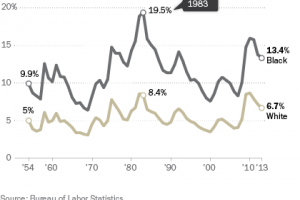 African-Americans are disproportionately likely to be poor, they are only a quarter of Americans living in poverty; whites make up about 41% of the poor. Those white Americans who don't want to help the poor because they'd be helping people of another race are actually screwing over white people big time. The wealth gap between /white and African-American families tripled between 1980 and 2009.
African-Americans are disproportionately likely to be poor, they are only a quarter of Americans living in poverty; whites make up about 41% of the poor. Those white Americans who don't want to help the poor because they'd be helping people of another race are actually screwing over white people big time. The wealth gap between /white and African-American families tripled between 1980 and 2009.

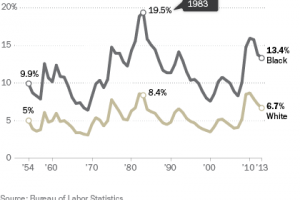
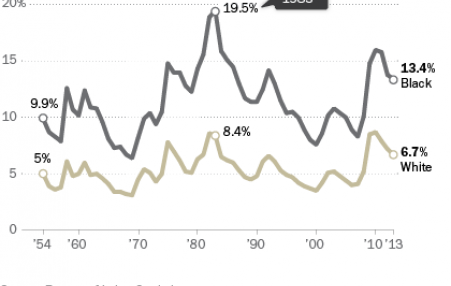



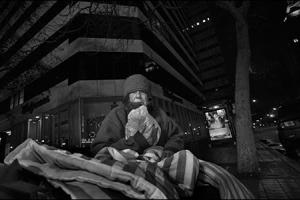
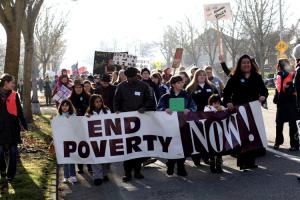
Spread the word